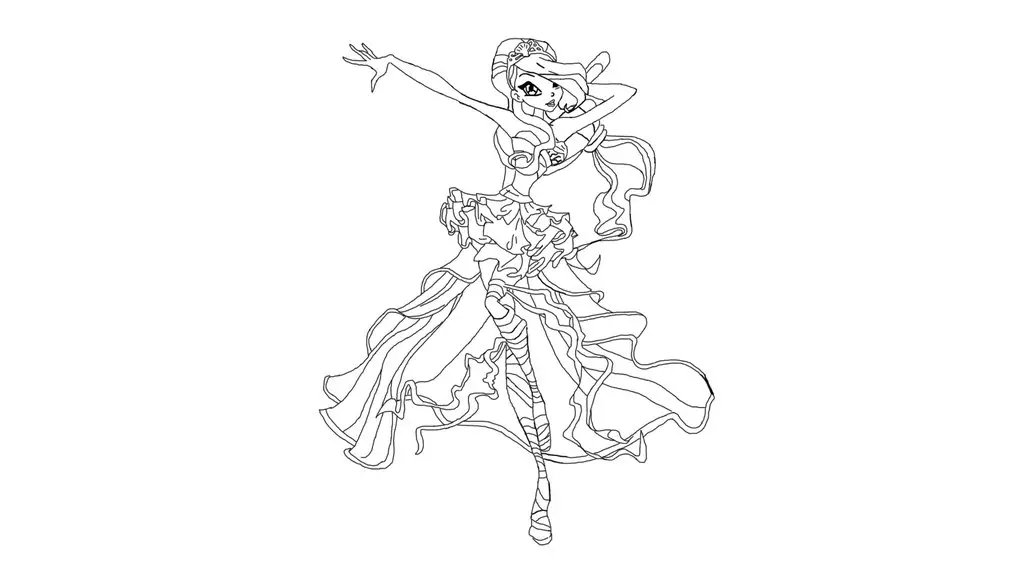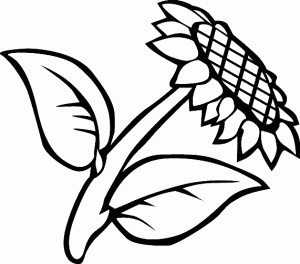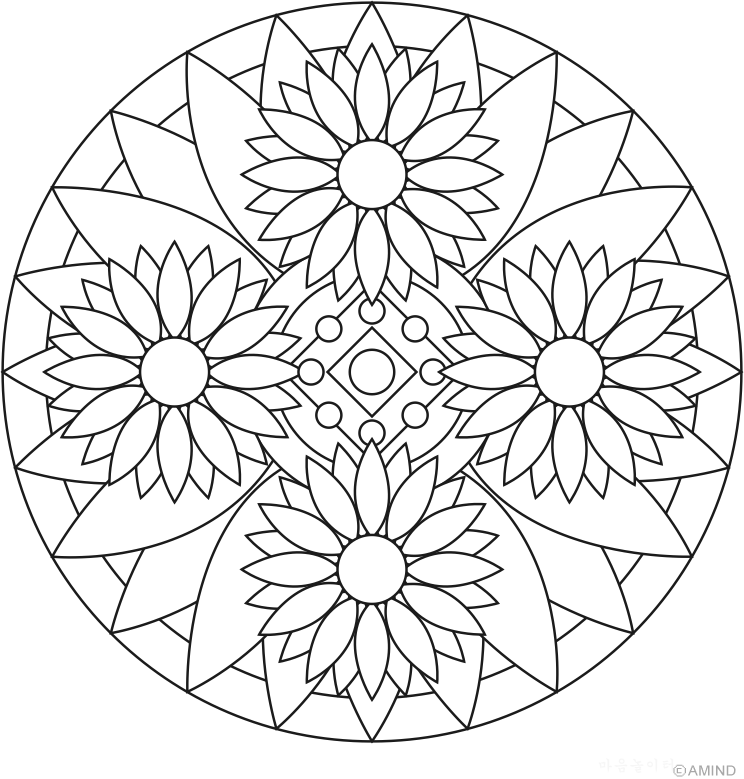
Durch die Filme von Olivier Assayas zieht sich eine autobiographische Spur. Populäre Musik spielt dabei eine wichtige Rolle (Uriah Heep in der langen Partyszene von L'eau froide), zuletzt ging es in L'heure d'été um eine Erbschaftsangelegenheit, in der die Malerei des in diesem Jahr auch in Deutschland wiederentdeckten Camille Corot eine entscheidende Rolle spielte. Bevor er Filmemacher wurde, wollte Assayas auch Maler werden. Von dieser Zeit in seinem Leben handelt sein neuer Film Aprés Mai (There is Something in the Air), der ab heute an drei Tagen im Rahmen der Französischen Filmwoche Berlin zu sehen ist.
Dazu ist vielleicht folgende Textpassage von Assayas von Interesse, erschienen in dem Buch A Post-May Adolescence, der ziemlich genau die Lebensphase von Aprés Mai behandelt:
"My solitude was of the kind associated with a futile artistic practice, devoid of finality because condemned to be its own reward: I believe that, if instinct pushed me to begin painting at a very young age, it was the feeling of participating in something, of expressing something in a context I had chosen, that contributed to my going on with it. Now, however, painting had no object but itself, that of being art. But I wasn't terribly sure what that was, or what it was for. Maybe its purpose was the exploration of oneself, assuming one were to consider this a subject of sufficient interest that one, in such a literal way, might devote one's entire life to it. I quickly began to think unambiguously that this was not the case. Moreover, had I believed the contrary, the practice would have proved impossible; so unliveable did I find shutting myself into my youthful radicality, my identification with the values of a dispersed revolution that was becoming more and more invisible, less and less graspable that it brought me to a point from which it seemed, for a few months, that psychiatry might be on the horizon; still today, I carry with me a terrifying memory of these moments when I finally began to become myself."
Assayas beschreibt diesen hier deutlich literarisch zugespitzten Wendepunkt in seinem Leben in einem autobiographischen Text, der er 2002 in Form eines Briefes an Alice Debord schrieb, der Witwe von Guy Debord. Die Begegnung mit dem Werk und dem "Meta-OEuvre" des Lebens von Debord war für Assayas in der Phase der Desorientierung und der Enttäuschung nach dem Scheitern des Mai 1968 entscheidend.
Die vielleicht beste Stelle in dieser Beschreibung ist dabei eine, in der Assayas sich in seiner Unzugehörigkeit zu dem situationistischen "Moment" begreift:
"I believe that at the age of twenty, in 1975, I was exactly the kind of militant that the SI (i.e. Situationistische Internationale), had it still existed, would have had no use for; like all those who discovered the magazine (i.e. Champ Libre) in its collected edition, I was engaging in retrospection, admiring the battles of yesteryear and, of course, ready to reproduce them, keen, even, to do so."
In der Publikationenreihe des Österreichischen Filmmuseums ist in diesem Jahr auch ein gewichtiger Werkband zu Olivier Assayas erschienen, herausgegeben von Kent Jones. A Post-May Adolescence ist dazu gewissermaßen der Begleitband, neben dem autobiographischen Text ist darin auch noch der Nachruf auf Guy Debord enthalten, den Assayas 1994 für die Cahiers du Cinéma schrieb, und eine Reflexion auf den Moment, an dem Debords Werk aus der Unsichtbarkeit in eine neue Phase überging. Seit 2001 liegen die Filme, die zum Teil zwanzig Jahre und länger de facto unsichtbar gewesen waren, wieder vor, inzwischen auch auf DVD. A Post-May Adolescence ist dazu eine ideale Begleitlektüre, hat aber darüber hinaus Gewicht: als Beitrag zur politischen Geschichte des 20. Jahrhunderts.
A Post-May Adolescence. Letter to Alice Debord. And two essays on Guy Debord, Übersetzung aus dem Französischen ins Englische: Adrian Martin und Rachel Zerner, Introduction by Adrian Martin; FilmmuseumSynemaPublikationen 17, 104 Seiten












